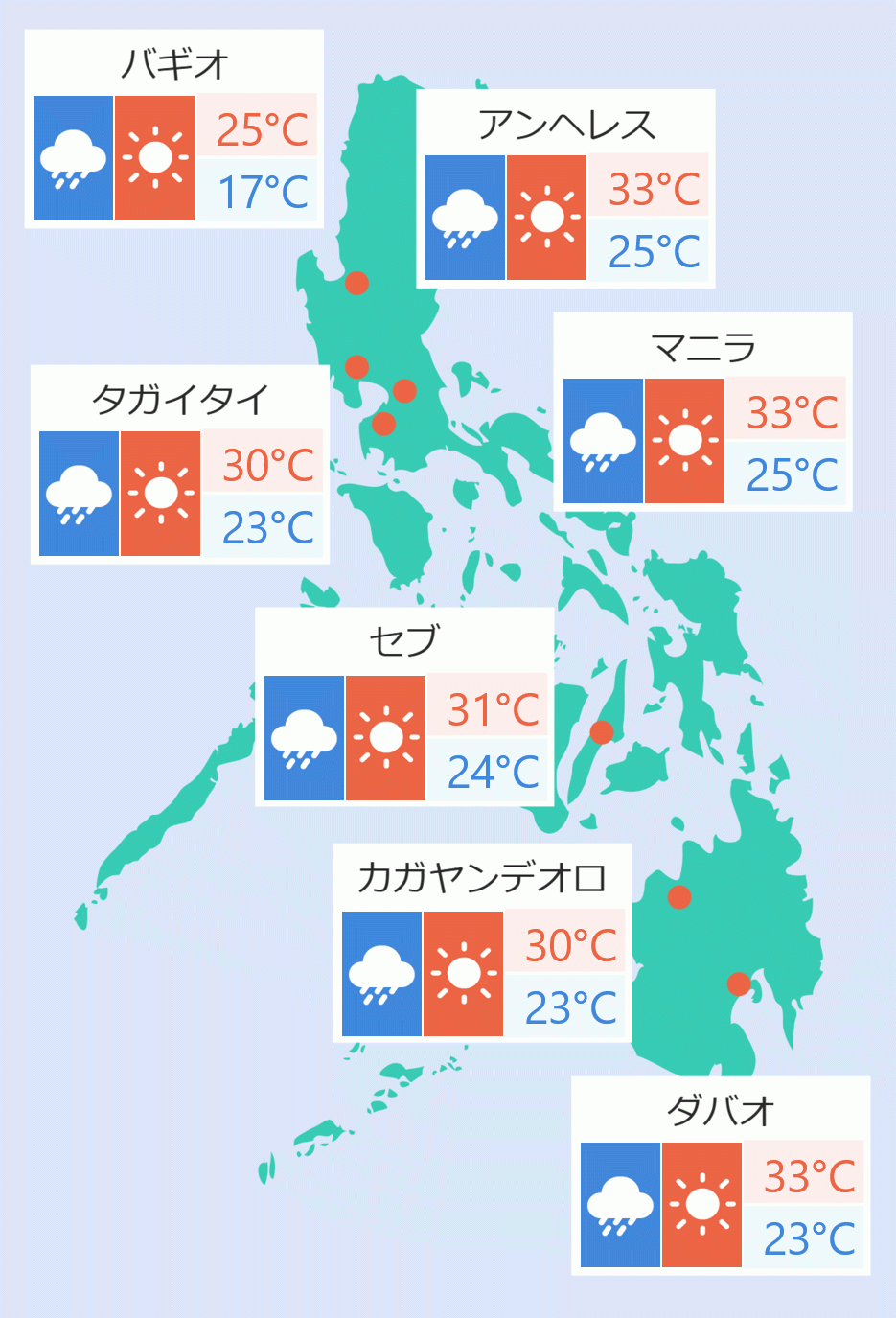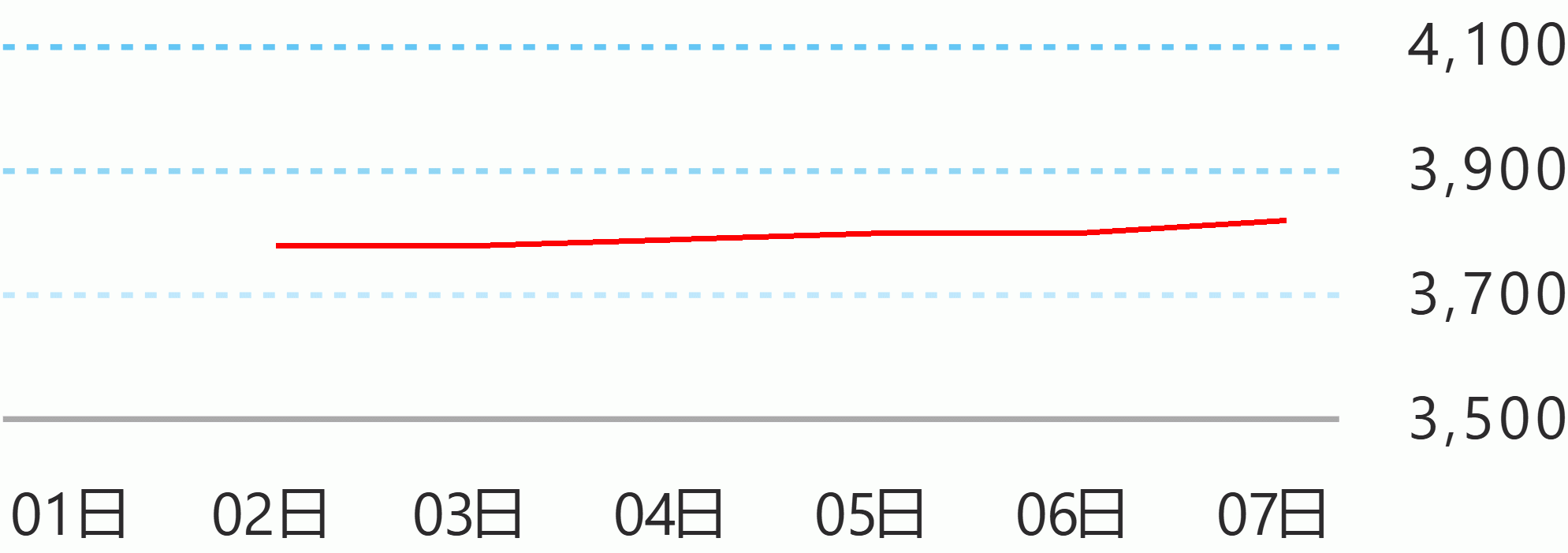Filipino families who experienced involuntary hunger rose to 27.2 percent in March, the "highest" since the pandemic, according to the Social Weather Stations (SWS) survey on Saturday.
SWS defined involuntary hunger as "being hungry and not having anything to eat at least once in the past three months".
In a statement, SWS said that the March figures are six points higher compared to the 21.2 percent in February 2025, "and the highest since the record high 30.7 percent during the COVID-19 pandemic in September 2020".
The non-commissioned survey was done from March 15 to 20 or over a month after the Department of Agriculture declared a food security emergency on rice on February 3, had 1,800 respondents.
Inflation went down from 2.9 percent to 2.1 percent in March. The DA is set to implement a maximum suggested retail price (MSRP) of P45 per kilo of imported rice on March 31.
The survey found that "the experience of hunger was highest in the Visayas at 33.7 percent of families, followed by Metro Manila at 28.3 percent, Mindanao at 27.3 percent, and Balance Luzon (or Luzon outside Metro Manila) at 24.0 percent" .
"The 6.0-point rise in hunger between February 2025 and March 2025 was due to increases in the Visayas, Balance Luzon, and Mindanao, combined with a steady score in Metro Manila", it added.
In comparison with the results in February, the incidence of hunger increased to 13.7 points from 20 percent in Visayas, 4.9 points from 19.1 percent in Balance Luzon, and 4.0 points from 23.3 percent in Mindanao. However, Metro Manila remains at 27.3 percent.




 English
English









